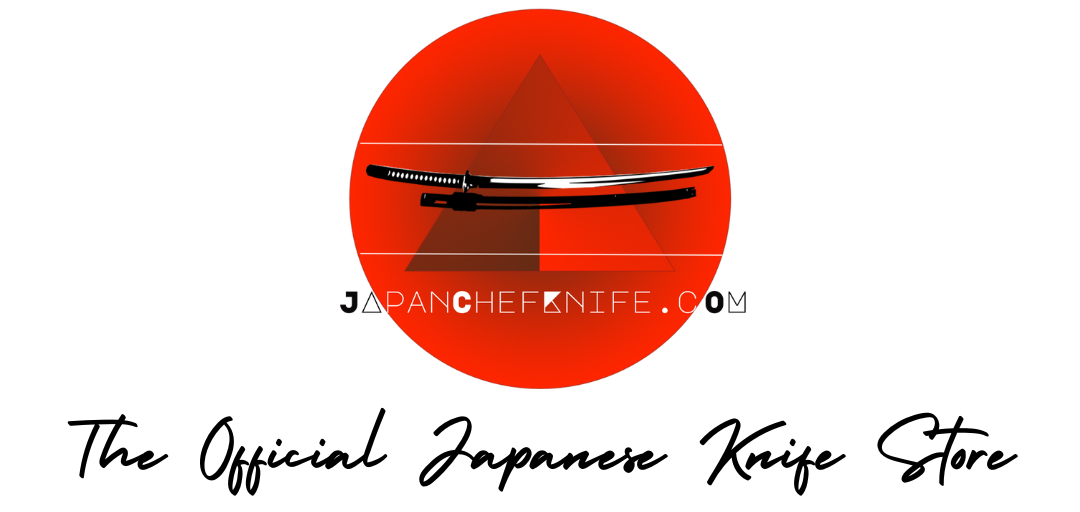High Carbon Content
FAQs About High Carbon Content in Knife Blades
1. What does "high carbon content" mean in knife blades?
High carbon content refers to the amount of carbon present in the steel used to make a knife blade. Blades with higher carbon content typically contain more than 0.6% carbon, which enhances their hardness, edge retention, and overall performance.
2. Why are high carbon knives preferred over others?
High carbon knives are preferred for several reasons:
- Sharpness: They can be sharpened to an incredibly fine edge, which results in superior cutting performance.
- Edge retention: High carbon blades maintain their sharpness for longer periods compared to low carbon blades.
- Durability: The hardness of high carbon steel makes these knives less prone to chipping or breaking.
- Ease of maintenance: They are relatively easy to sharpen, ensuring that your knife remains in peak condition with regular care.
3. Are high carbon knives suitable for all types of cutting tasks?
High carbon knives excel in many cutting tasks, especially those that require precision and sharpness. They are ideal for slicing, dicing, and chopping vegetables, fruits, and boneless meats. However, they may not be the best choice for cutting through bones or frozen foods, as this can lead to chipping or damage.
4. How should I care for a high carbon knife?
Proper care is essential to maintain the quality of your high carbon knife:
- Hand wash: Avoid putting it in the dishwasher, as the high heat and harsh detergents can damage the blade and handle.
- Dry immediately: After washing, dry the knife thoroughly to prevent corrosion.
- Store properly: Use a knife block, magnetic strip, or blade guard to protect the blade from damage.
- Regular sharpening: Keep the edge sharp with a honing rod or sharpening stone. High carbon blades benefit from frequent maintenance.
5. Is there a risk of rust with high carbon knives?
Yes, high carbon knives are more susceptible to rust compared to stainless steel knives because of their higher carbon content. To prevent rust, ensure you clean and dry the knife immediately after use, and consider applying a thin layer of mineral oil on the blade if you plan to store it for an extended period.
6. Can high carbon knives be used by professional chefs?
Absolutely! High carbon knives are a popular choice among professional chefs due to their exceptional sharpness and edge retention. However, chefs must be diligent in maintaining and caring for these knives to ensure they perform at their best.
7. Are there any downsides to high carbon knives?
While high carbon knives offer numerous advantages, they do have some downsides:
- Susceptibility to rust: As mentioned earlier, they require extra care to prevent corrosion.
- Cost: High carbon knives can be more expensive than some stainless steel counterparts.
- Maintenance: They need regular sharpening and upkeep to maintain their performance.
Explore Knife Care Essentials
For maintaining carbon steel knives, we highly recommend having food-grade blade oil and a rust eraser from Japan.
Explore our knife care products.
We hope these FAQs have provided you with a better understanding of high carbon knives. If you have more questions or need further assistance, feel free to reach out to us!
















